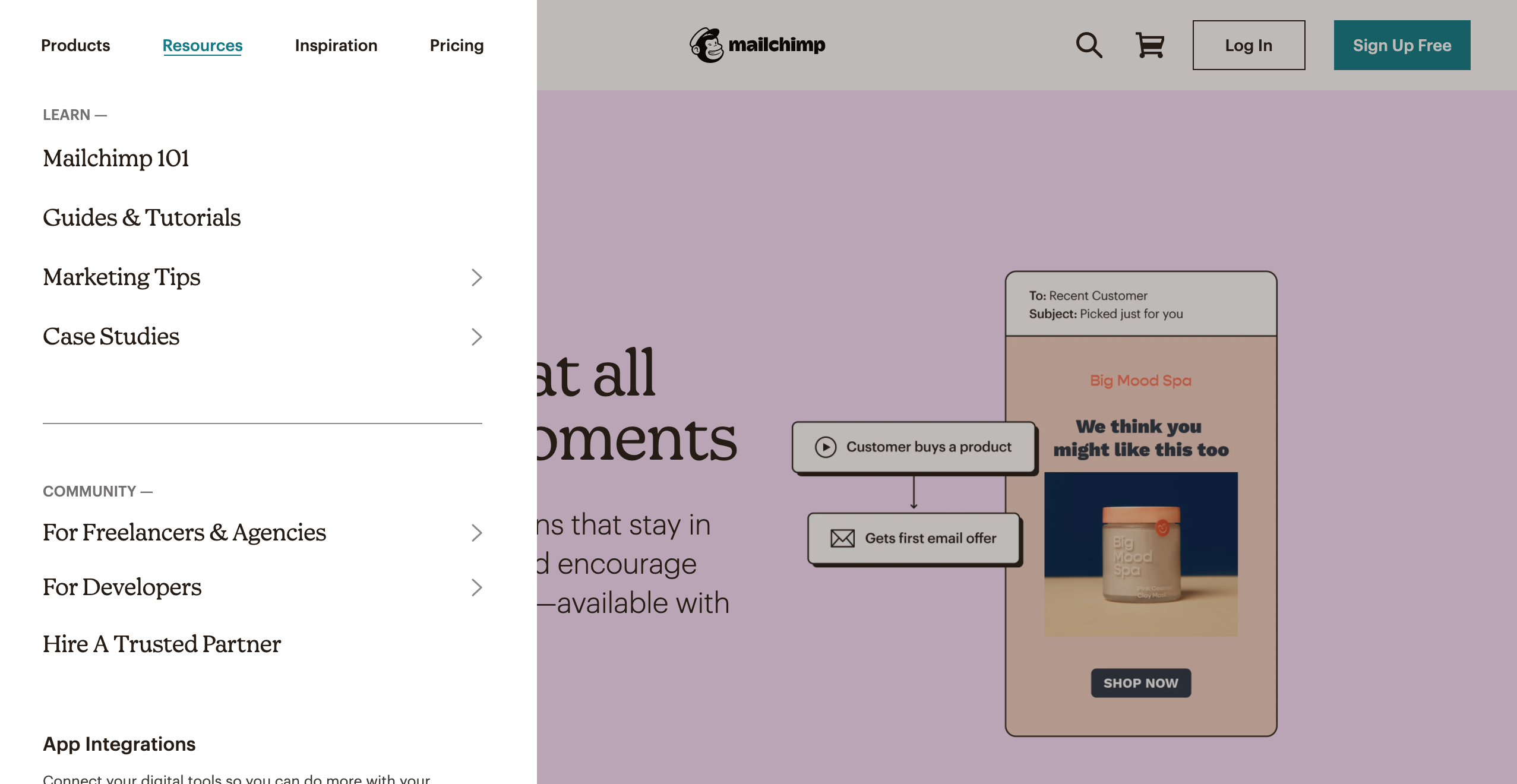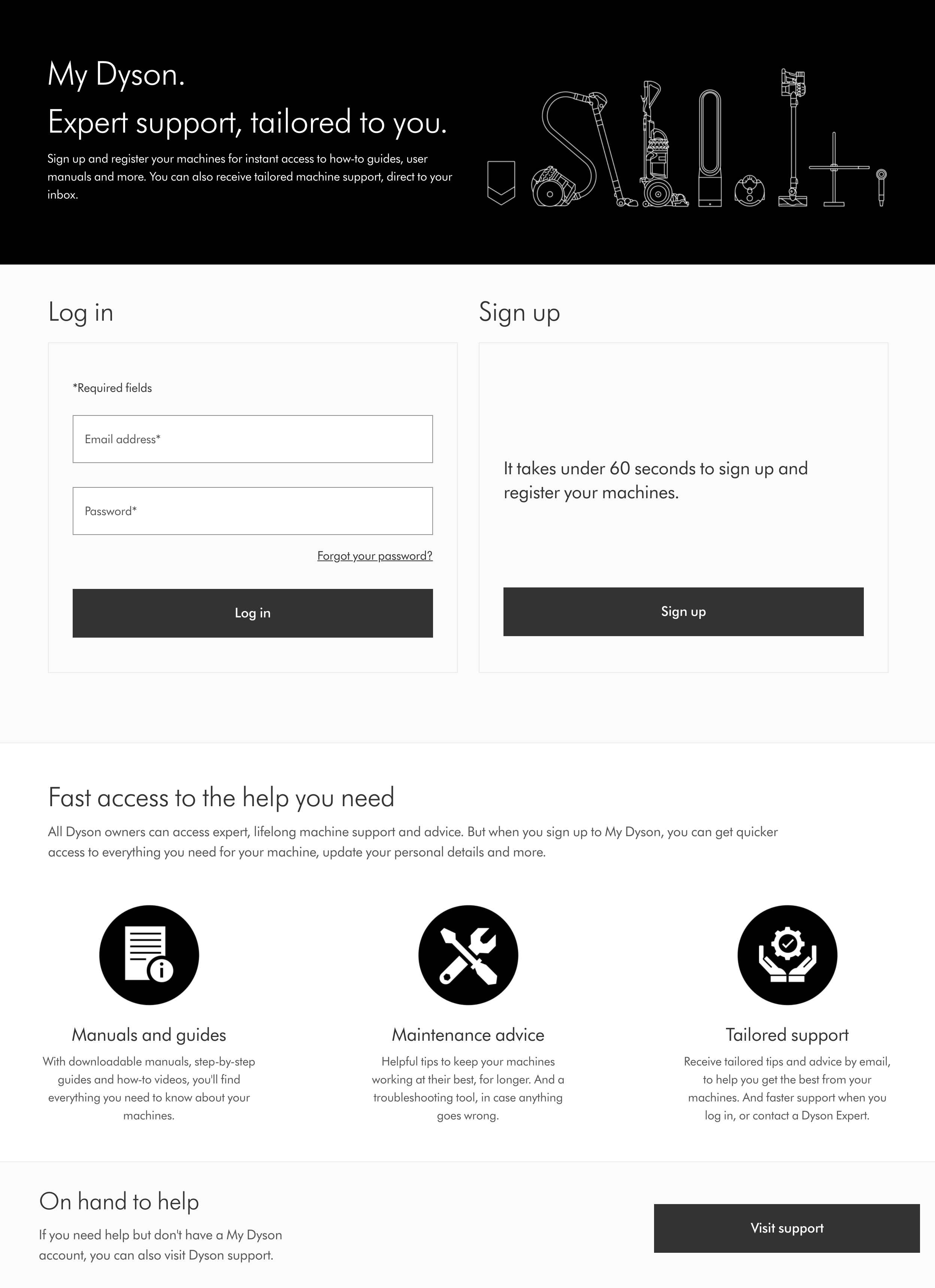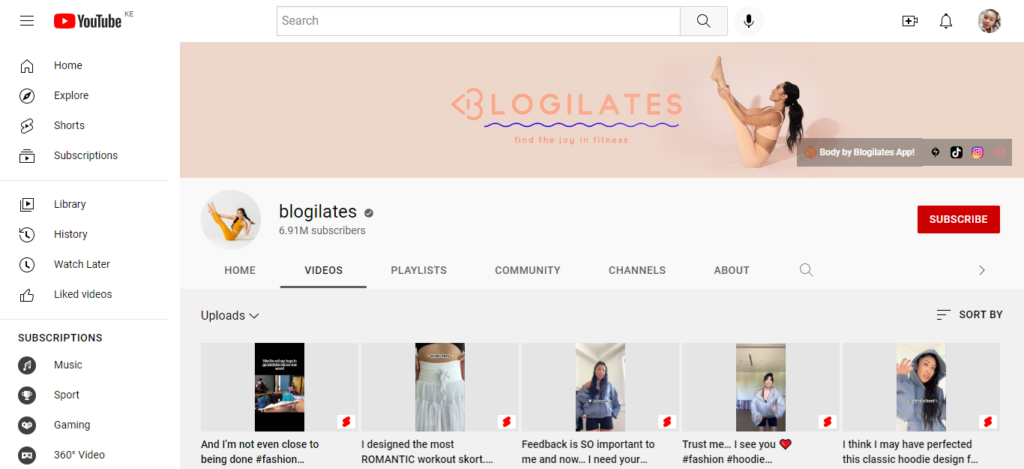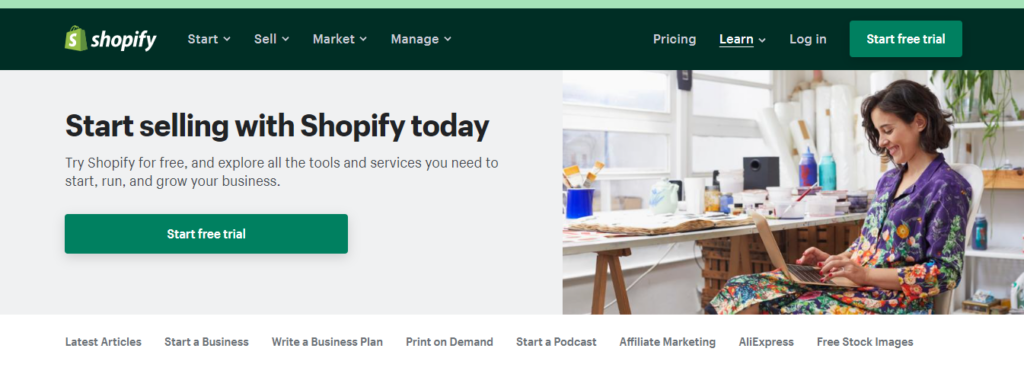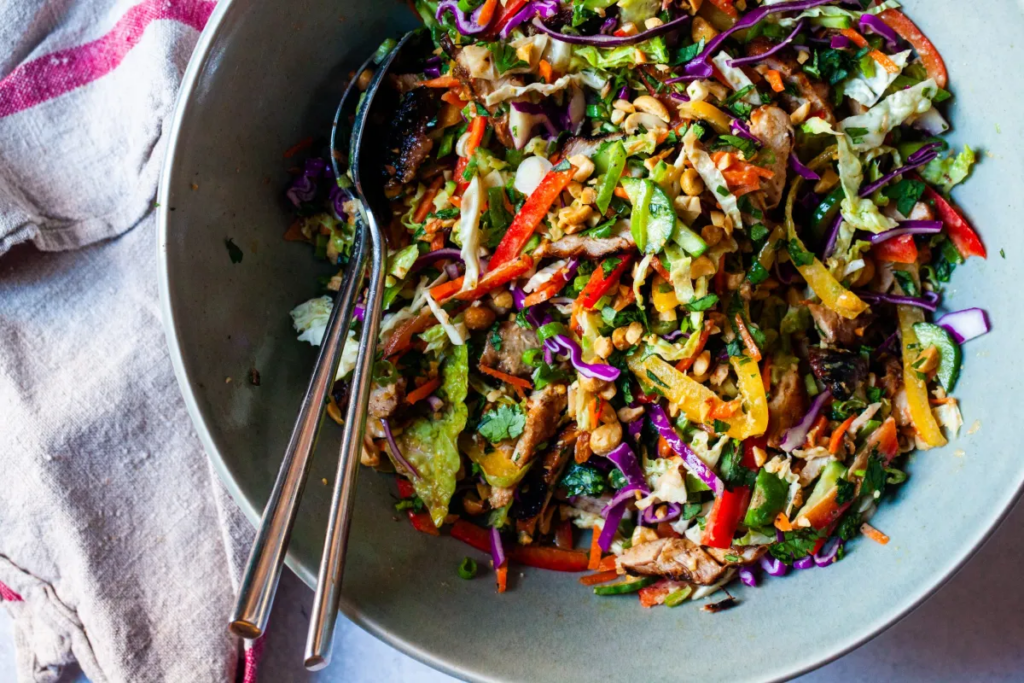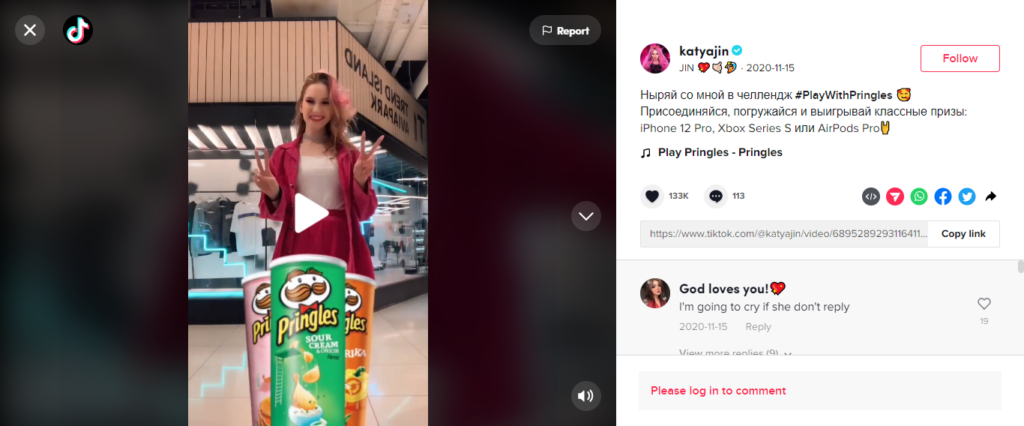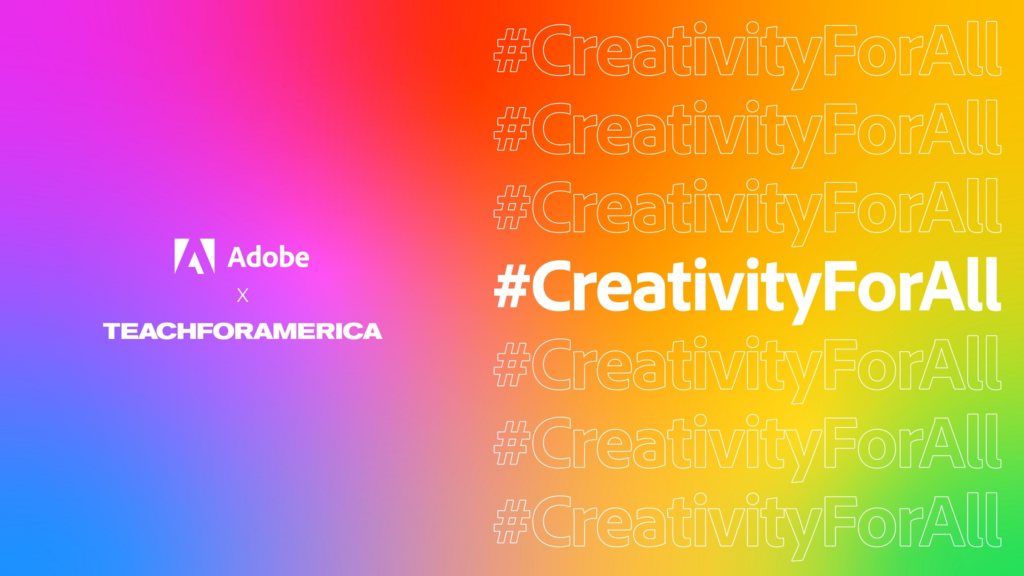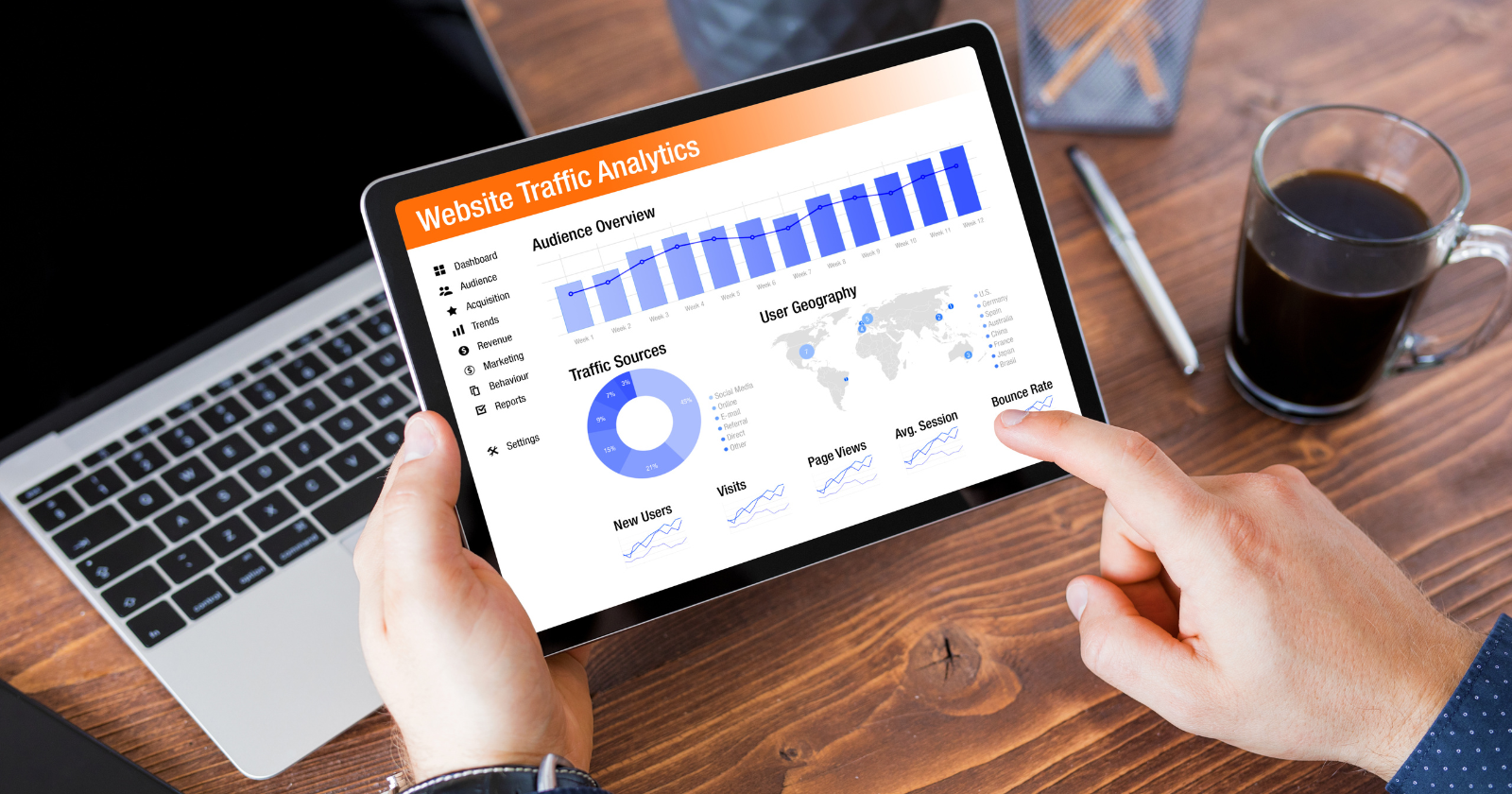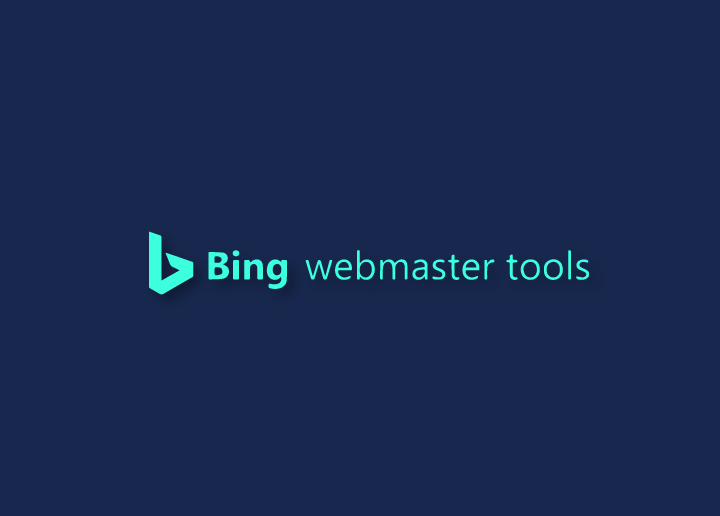SEO doesn’t have to break the bank or fry your brain. You don’t need to splash out on fancy software or hire an expert. With the right free tools and some know-how, you can boost your website’s visibility all on your own, and your site will rank higher.
In this blog post, I’ve added some user-friendly SEO software to help you assess your website’s performance and tackle any issues. Keep reading to determine which budget-friendly options can help you climb the rankings ladder.
Can You Do Your SEO?
You can tackle SEO yourself, commonly known as DIY SEO. While it’s true that professional SEO agencies and experts can handle a lot of the heavy lifting, plenty of folks prefer to roll up their sleeves and give it a shot on their own. With a bit of digging and practice, you can become adept at optimizing your business’s online presence and keep a few extra dollars in your pocket.
A great starting point for diving into SEO is to seek out top-notch DIY SEO software, grasp the basic principles of SEO, and understand what factors Google considers when ranking websites. Some critical elements of SEO that you’ll want to get a solid grip on include:
- On-Page SEO: On-page SEO involves optimizing the elements on your web pages to help bring clients to your site. It means optimizing your keyword strategy for metatags, using high-quality content, and other site components like images to keep clients onsite longer, with a more positive experience.
- Off-Page SEO: Off-page SEO involves leading traffic from other sites to your site. The main components of this SEO component involve building relevant links from other sites, guest-blogging, and raising social media awareness.
- Technical SEO: Technical SEO enables search engines to engage with your site to identify keywords and phrases that potential customers have used in their searches.
- Page Experience: This mainly deals with improving your customers’ experience on your web pages through faster load times, visual stability, and response times.
Pairing the best DIY software tools with your fundamental SEO knowledge will empower you to do SEO effectively. Nevertheless, it is necessary to remember that SEO is a continuous process requiring time to see results.
What Is DIY SEO Software?
DIY SEO Software is any tool that allows you to conduct various search engine optimization tasks from your computer. While many tools are on the market today, some are very complex and designed for SEO experts. Nevertheless, you can find other software that SEO experts love, and it is easy for DIYers to use.
Here are some of the best DIY SEO software and tools to start DYI-in SEO.
1. SEMRush DIY SEO Software
Semrush is one of my favorite software for keyword research. It’s an award-winning all-in-one SEO tool best suited for local and non-local businesses. This comprehensive software provides everything you need to achieve profitable keywords for targeted traffic and leads.
Some of the Key Features
- Backlink Analytics
- Competitive Analysis
- On-Page SEO checker
- Site Audit
- PPC Keyword Research
- Position Tracking
- Organic Traffic Insights
- Organic Research
- Keyword Overview
- Link Building Tool
- Social Media Management
How to Use SEMRush as a DIY SEO Software
- Sign up for Semrush’s page. It would be best to have your email and a password to create an account.
- Then, you can either sign up for a free trial or use Semrush’s free version. The free trial allows you to test the complete tool for seven days, while Semrush’s free version will give you limited searches and access to data. It is the best for beginners.
- To start the free version, click on skip trial; to try the free trial, click on get a free trial.
- If you skip the trial, you’ll head straight to your Semrush dashboard. Then, pick one of your seed keywords and go to Keyword Overview from the left menu.
- Then, insert a keyword or phrase into the search bar and click the “search” button. Once you click Search, you’ll see specific data on your chosen keyword.
Pricing For SEMRush
This software has a seven-day free trial and three pricing plans:
- The Pro plan costs $119.95 monthly and is suitable for small teams or beginners. Under this plan, you can add up to 5 tasks and track up to 500 keywords.
- The guru plan costs $229.95 monthly and suits agencies and mid-size businesses. It can add up to 15 projects and 1500 keywords.
- The business plan costs $449.95 monthly and is suitable for large agencies and enterprises. It offers up to 40 projects and 5000 keywords to track.
2. Google Search Console
Google Search Console is a DIY SEO software that lets you observe and report your website’s presence in Google SERP for free. Even though you do not require a Search Console account to pop up in Google’s search results, you can manage what gets indexed and how your site represents itself with this account.
As an SEO checker software, this tool helps you understand how Google works and lets you optimize for better search results performance. It’s useful for new sites or beginners as it allows them to submit their web pages for search indexing.
Some Key Features
- Keyword Analysis Through Search Queries
- Page Positioning in Search Results
- Assess User Interaction
- Site Coverage
- Submit Pages for Indexing with The URL Inspection Tool
- Sitemap Submission
- Mobile-first Indexing
- Penalty Reviews
How to use Search Console as a DIY SEO Software
- To create an account, go to Google Search Console’s official page.
- Then, pick a property type by adding your website address to the URL prefix or domain.
- After that, you need to Verify Site Ownership. You can do this by using your Google Analytics tracking ID.
- Next, you will add a Sitemap to Google Search Console. This is important because it helps Google find and crawl your website’s dominant content. To do this, navigate to “Sitemaps” and paste the URL of your XML sitemap into the box labeled “Enter sitemap URL.”
- After that, hit “Submit.” You will now receive an overview of your website’s most important data, which you can use to identify significant issues and check your site’s overall performance.
Pricing
Free
3. Ahrefs DIY SEO Software
Ahref is another comprehensive DIY tool for local SEO. It includes keyword research, site explorer, and rank tracking. It is one of the most recommended SEO tools highlighting your site’s ranking performance. Also, from a competitor analysis approach, this tool determines your competitor’s backlinks quality and uses them as a starting point for your brand.
With this tool, you can find the most linked content within your niche, look over and fix broken links on your site, and get an overview of your best-performing pages.
Some of the Key Features
- Do keyword research for search engines
- Get total search traffic estimations.
- See ‘clicks’ data.
- See backlink growth or decline over time.
- See keyword click distributions.
- See top subfolders by traffic.
- Analyze SERP history
- See ranking history
- Monitor outbound links
- Get keyword ranking alerts.
- Analyze internal backlinks
How to use Ahref as a DIY SEO Software
- Create your Ahref account or log in to the Ahref site.
- Then, enter your site’s URL into the search bar on the homepage and hit “enter.” After that, Ahref analyzes the site and provides all the data regarding that URL, including its organic traffic, URL backlinks, and much more.
- Key in a keyword in the search bar to research specific keywords or phrases.
- After that, Ahref will provide you with all the data about that keyword, including organic search traffic, related keywords, and more.
Pricing
Ahref has four pricing options:
- The Lite pricing plan starts at $99 and is essential for small businesses or starters.
- The standard pricing plan costs $199 for in-house marketers and SEO experts.
- The advanced pricing plan is $399 for a mid-sized enterprise or growing business.
- The enterprise pricing plan is $999 for large businesses and big agencies.
4. Screaming Frog’s SEO Spider
Screaming Frog’s SEO Spider helps you optimize your website and increase traffic. Unlike most SEO software, this tool lets you search, filter, and customize your crawls. It also informs you of identical content, errors to fix, and improvement areas for link building while directing you on what to do next.
Some Key Features
- Audit Redirects
- Find Broken Links
- Discover Duplicate Content
- Analyse Page Titles & Meta Data
- Review Robots & Directives
- Extract Data with XPath
- Generate XML Sitemaps
- Schedule Audits
How to use Screaming Frog’s SEO Spider
- Before performing any site crawls via the Screaming Frog SEO spider software, install the software on your PC.
- After installing the software, navigate to the configuration menu, then pick the Spider option.
- After that, select crawl all subdomains. Start crawling and wait until it is completed.
- Once the software finishes crawling, click on the Internal tab.
- Filter your results by HTML, then export the data.
Pricing
This DIY SEO software for has two pricing options: free and paid. The paid version is usually $209 annually and has more features than the free version.
5. SpyFu SEO Software
SpyFu is another SEO tool with excellent competitive research features. It provides detailed SEO analysis on keywords to help boost your website’s ranking in search engines.
In addition to keyword information, SpyFu software provides data on your competitor’s ad spending, displaying how much they are willing to spend to be visible for different keywords. It’s valuable software for any business that wants to improve its website ranking and visibility.
Some Key Features
- Comprehensive Keyword Research
- Google Ads Spending Data
- PPC Competitor Research
- SEO reports
- Backlinks builder
- Social Outreach for Backlinks
- SERP Analysis
- Website Ranking Information
How to use SpyFu as a DIY SEO Software
- Create a SpyFu account.
- Enter your URL into Spyfu and navigate to the SEO Overview.
- Scroll down and see which keywords you share with your competitors.
- After that, Spyfu will provide you with a list of your top 5 most valuable keywords. Review content that is already optimized for the top keywords.
- Then, identify related posts you may have on this particular topic. Link these posts together where it makes sense. This will drive more traffic and build strong organic growth.
Pricing
SpyFu offers three different pricing plans in addition to their free trial option.
- The basic plan costs $39 per month.
- The professional plan goes for $79 per month.
- They also have an enterprise price plan that they price upon request. This price version is mainly for larger businesses and agencies.
6. Keywords Everywhere
Keywords Everywhere is a great SEO Chrome extension that collects data from different SEO tools, like Search Console, Google Analytics, or Google Trends, to help you find the perfect keywords to rank. This tool simplifies discovering the best keywords for your site. So, instead of going through different websites daily, you can save time using this software.
Some Key Feature
- Accurate Search Volume Data
- Competitor Gap Analysis
- On-Page Analysis
- Traffic Metrics
- Trend Charts
- Keyword Research Widgets
How to use Keywords Everywhere as a DIY SEO Software
- Download and install the Keywords Everywhere extension from either Google Chrome or Firefox
- Then, decide if you want access to the premium features or not. For the premium features, you require an API key, which includes creating a Keywords Everywhere account (select the get API key option and enter your email address). However, you can easily access the free features after installation.
- To access the premium features, copy the API key link sent via mail and open Keywords Everywhere.
- Select Settings and paste the API Key into the API settings box. Then, you can purchase credits to access the premium features.
- Now you are set to go. You can search for any of the supported APIs. Your keyword metrics will appear below the search bar or be inserted into the platform you use.
Pricing
This DIY tool has different pricing plans for credits, where one credit equals one keyword.
- Free version: Here, you can relate keywords and People Also Search For (PASF) keywords in Google and Bing or see YouTube insights and Tags, but no volume data.
- $10 gets you 100,000 credits, $50 gets you 500,000 credits, $100 gets you 1,000,000 credits, $200 gets you 2,000,000 credits, $500 gets you 5 million credits, and $1000 gets you 10 million credits.
DIY Tips for Better SEO
- Find the keywords Google attributes to your site
- Optimize content for relevant, long-tail keywords
- Do basic on-page optimization
- Improve Click-throughs
- Optimize Title Tags
- Monitor Analytics
- Identify Keyword Gaps
- Set up Google Alerts to trail mentions of your company
- Make sure your site is mobile-friendly
- Study your competitors
Final Thoughts
If you own an e-commerce business or have a website, performing DIY SEO is essential. It saves money and puts you in control of organic rankings. You can use the best DIY SEO Software to make it even easier. They provide insights that would otherwise take ages to generate manually.
That said, you need to work to get the best results. This means creating SEO-optimized content, conducting keyword research, and staying current with the latest SEO trends.
Image Credit: matchboxdesigngroup.com














































